The media has perpetuated several survival myths over the years that just don’t seem to go away. While some of them are harmless, others can cost you your life. It’s about time that we let go of such misinformation and ensure maximum safety in survival situations.
1. Lean-Tos Are Excellent Shelters
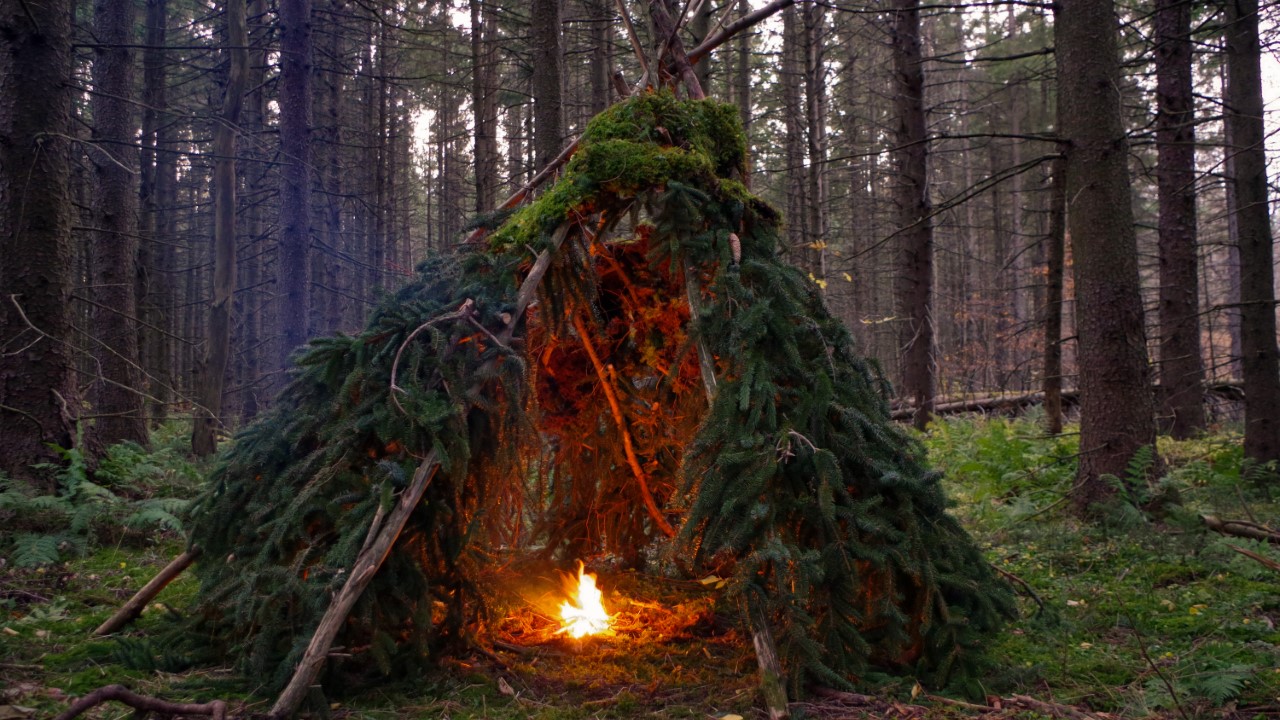
A lean-to is a three-sided shelter frequently built by campers and hikers. While you may see these types of shelters on survival shows, their usage is limited unless you can secure them properly. For sleeping, you need adequate cover to keep you warm, dry, and safe. Realistically, building a lean-to should be a last resort for shelter in most environments.
2. Rub Two Sticks To Create a Fire
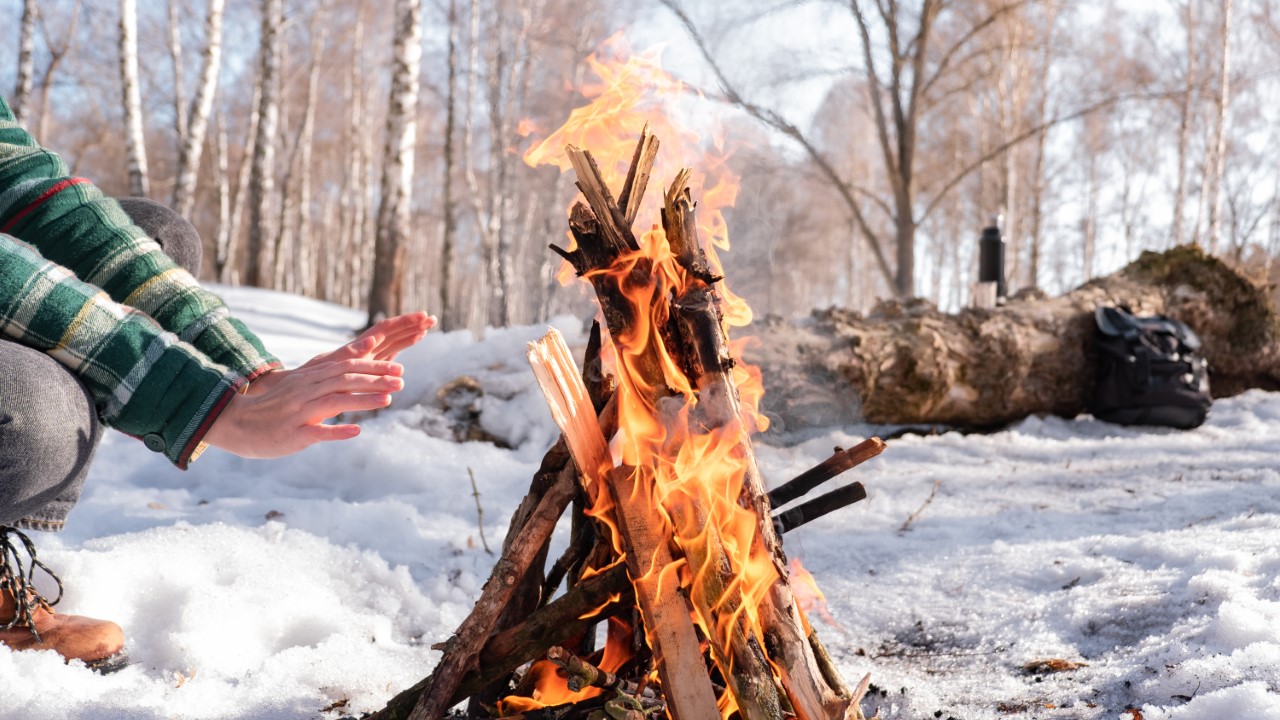
We’ve all seen goofy cartoons where rubbing two sticks generates fire, but there’s a lot more to it. No random sticks would do the job, as the type of wood matters. You need to collect the right kind of tinder and kindling in addition to carving grooves. You have to learn how to transfer the flames as well. You’d be much better off carrying a flint and fire starters.
3. Rub Frostbitten Skin

Frostbite is a process where ice crystals are formed in your skin and tissues. Many first aid courses tell us that rubbing causes damage and can even lead to accidental amputation. The last thing you want is ice crystals lacerating more cells. Treating frostbite with painkillers and gradually rewarming the tissue is the correct process.
4. Drinking Liquor Keeps You Warm
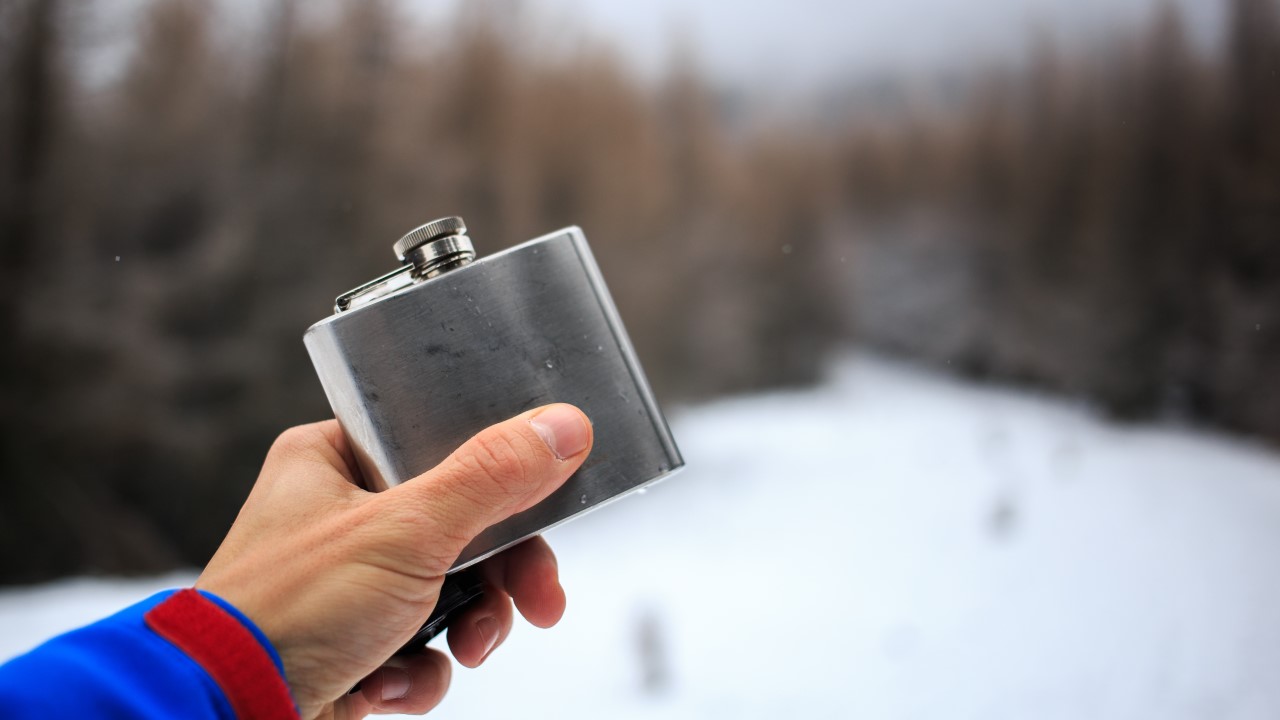
Media can make us believe that some brandy can warm you up in the cold, but it is a dangerous myth. NY Times highlights that the warm sensation is misleading since alcohol causes your vessels to dilate, causing your core to chill more quickly.
5. Eat Snow for Water

It’s tempting to think of snow as frozen water, but the air-to-water ratio is about 9:1, causing you to consume 10 parts of snow to obtain 1 part of water. Adventure states that in a survival situation, eating snow means making your body do more work since turning ice into water consumes quite a lot of energy. Not to mention, your core will freeze up and make you prone to hypothermia.
6. Never Give Food To a Victim of Hypothermia
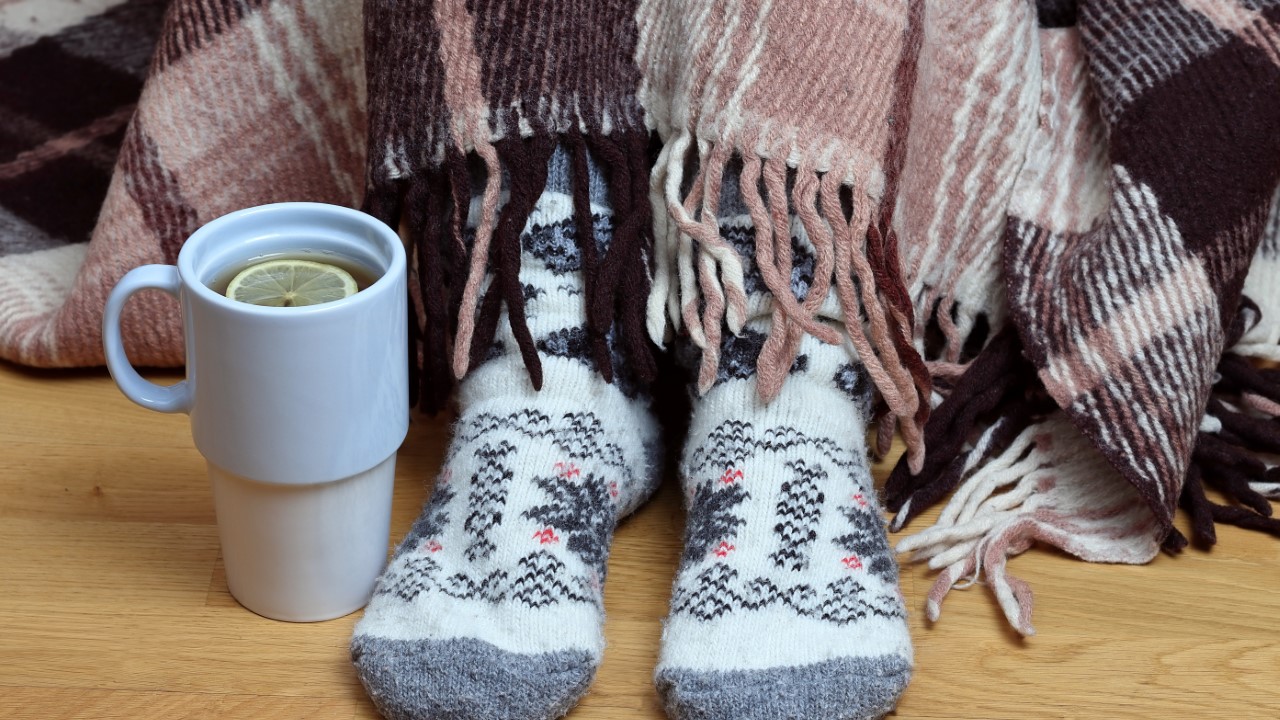
When someone has a fit or goes into shock, you should avoid feeding them due to the danger of choking. However, the same isn’t true for hypothermia. As long as the victim is conscious, USDA recommends giving warm drinks and high-energy foods to speed up metabolic heating.
7. Raw Meat Is Safe to Eat

When in the wild, it can be tempting to consume raw foods including meat. However, NSW warns against eating raw meat as it may contain harmful bacteria and pathogens such as Salmonella and E. coli. No one wants to get food poisoning in the middle of a survival situation.
8. You Can Never Get Lost With a GPS
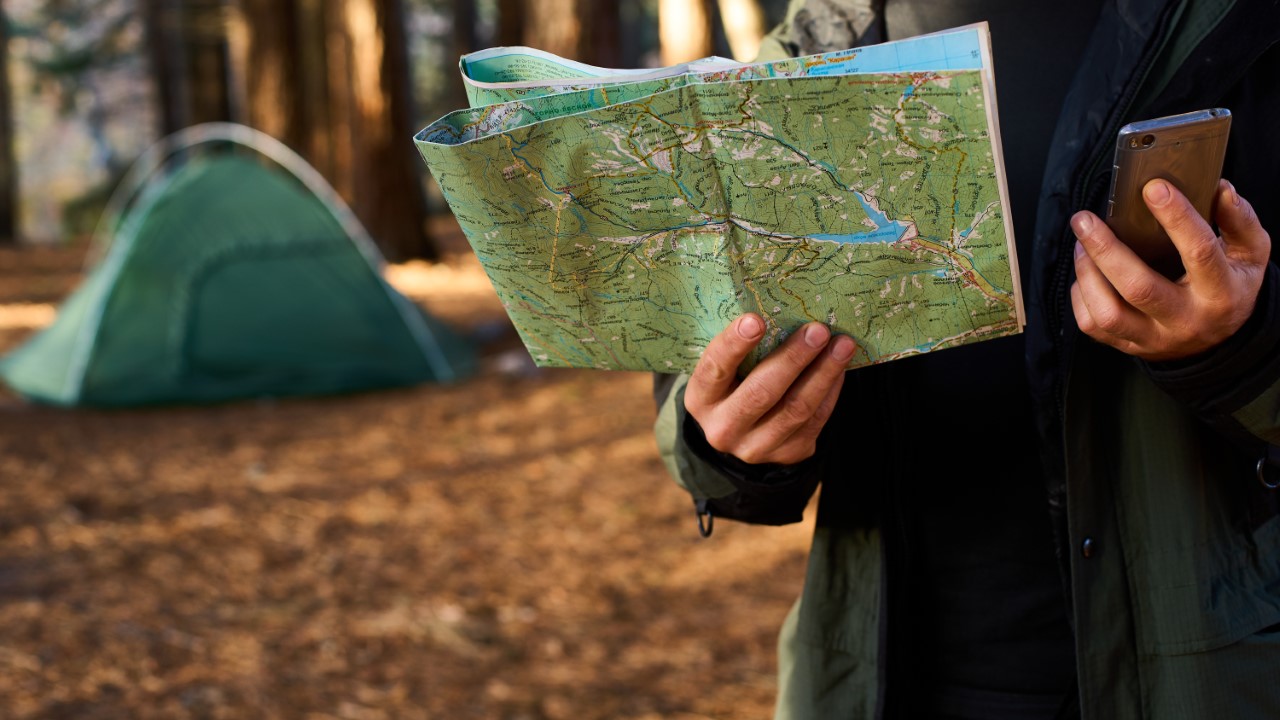
A GPS unit can be a helpful navigation tool since it can let you know where you are. However, it isn’t a foolproof strategy. You need to have a backup plan in case your unit breaks or gets lost, or your batteries give up on you. Always have a map and compass handy, and know how to use them. Don’t just rely on technology.
9. It’s Okay for Hypothermic Victims To Fall Asleep

According to USDA, extreme hypothermia entails unconsciousness. The victim gets drowsy, so it may seem tempting to let the victim fall asleep. However, it is imperative to keep the victim awake and warm them up. Sleeping can lead to unconsciousness and even death.
10. Eating What Animals Eat Is Safe

Don’t let shared biological characteristics fool you into thinking that whatever animals consume can also be consumed by humans. You never know what harmful berries or plants some birds, squirrels, and rodents can consume, so there’s no point in taking the risk. Instead, learn how to forage to understand what’s safe to eat and what you should avoid.
11. Build a Fire in a Cave
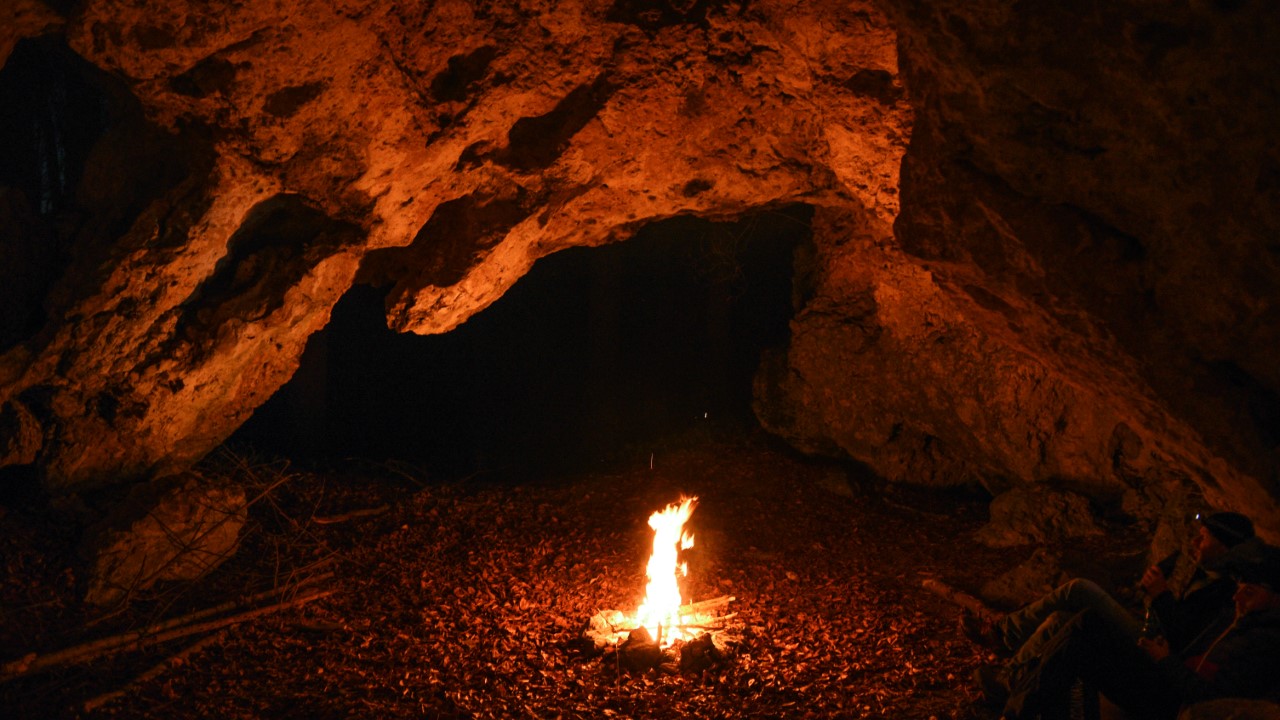
Just because cavemen didn’t know better doesn’t mean you have to repeat the same mistakes. Building a fire in a cave generates heat that can cause rock expansion. If rocks expand too much, they can break, causing a cave-in and blocking you.
12. Nose Grease Can Be Used As a Fire Starter
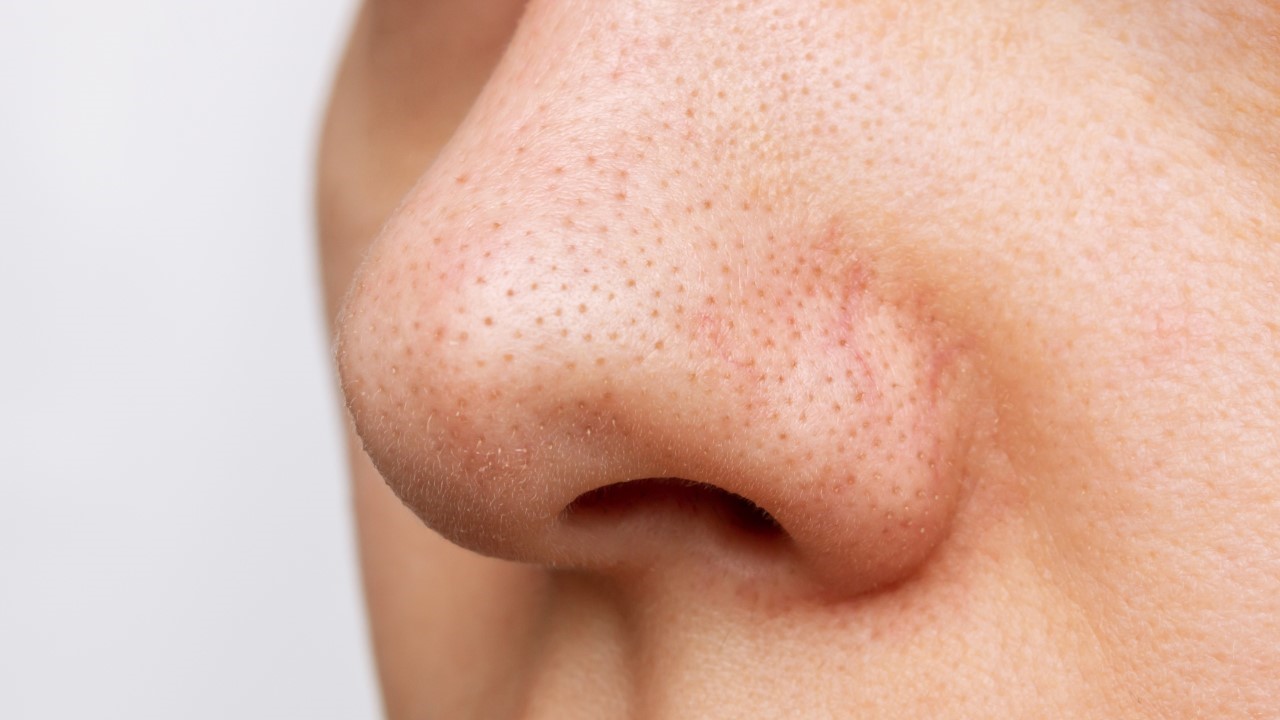
If you’re looking to lubricate your bow-drill spindle, using grease is an effective choice. However, relying on your body’s sebaceous glands to produce enough oil probably won’t be adequate.
13. Thumbnails Can Be Used to Test Wood

It is said that denting a piece of wood with your thumbnail can determine its suitability for starting a friction fire. Some woods are dense and great for friction fires but can’t be dented with a thumbnail. On the other hand, a softer wood doesn’t always work either.
14. You Don’t Need Shelter If You Build a Big Fire

Large-log fires are helpful in survival situations and keep you alive in cold weather. However, a fire alone can’t omit the need for shelter. Climate can be unpredictable and in times of rain and wind, you want to have a shelter. Also, sleeping out in the open is a recipe for disaster.
15. Following Flying Birds Can Lead to Water
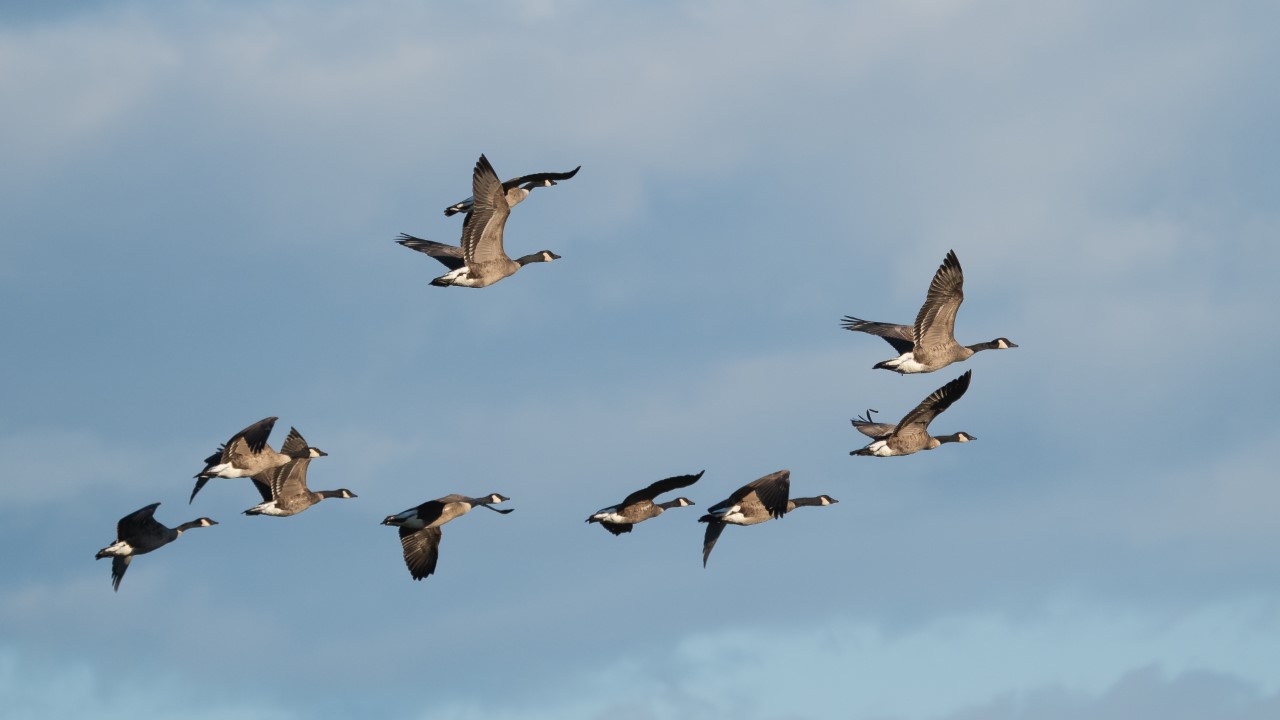
While some birds stick around the lakeside, others travel far and wide to find food. You might spot a flock of geese at dusk and assume that it’s flying toward water. However, this isn’t always true as they may be flying to find a safe spot to spend the night.
16. Drinking Raw Blood Is Okay
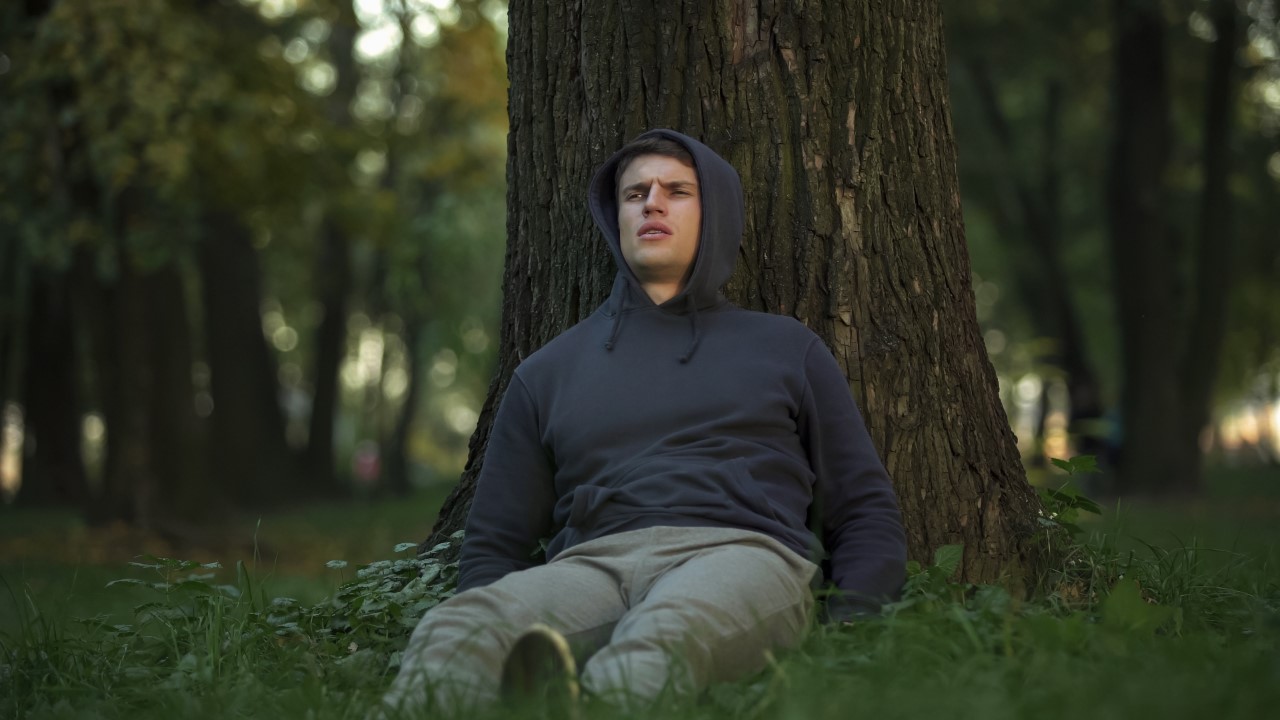
While blood contains water, you don’t want to risk it. Besides being gross, drinking animal blood is a gamble. Raw blood contains harmful bacteria and pathogens that can cause diseases so there isn’t much to gain.
17. Moss Grows on the North Side of Trees
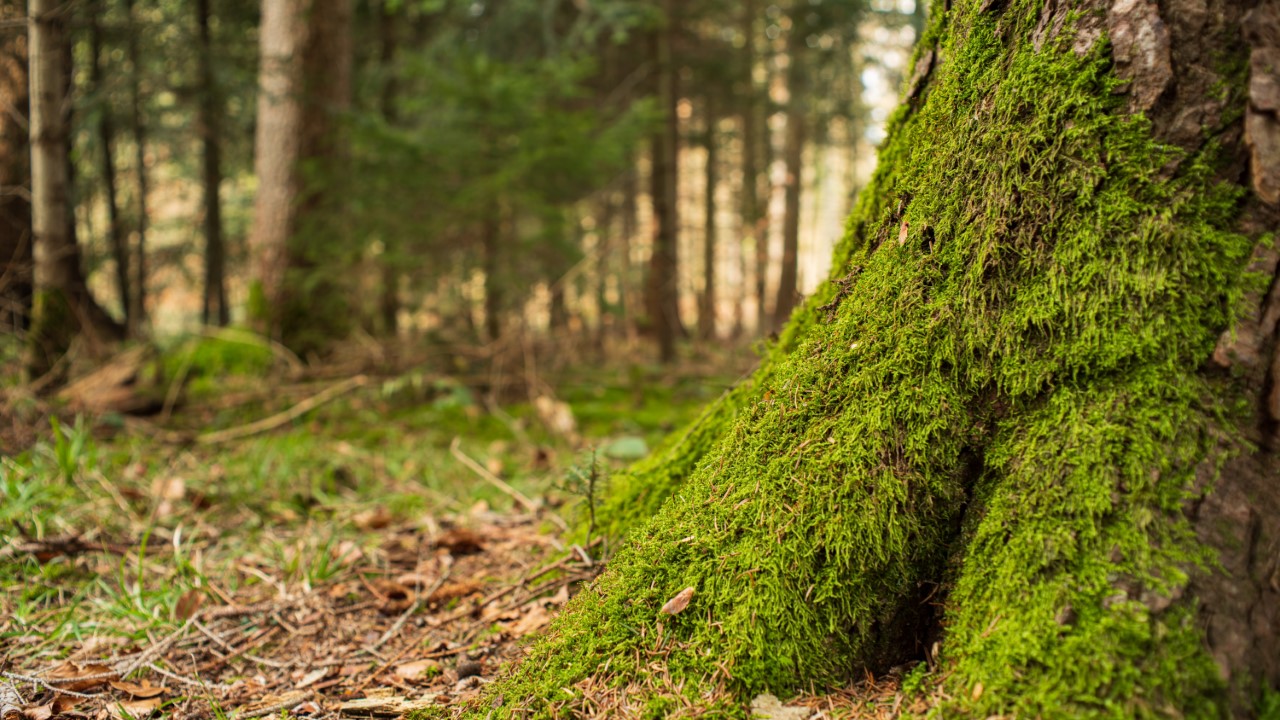
Don’t let the media references fool you. Depending on the region or the direction of the sun, moss will grow where there is warmth and sunlight. Like plants, moss grows in the direction where they find conditions suitable.
18. Use Hardwood for Friction Fires

Not all woods can be good for friction fire due to differences in ignition temperature and density. Many survival courses teach that softwoods work much better. Examples include willow, cedar, and basswood.
19. Use An Octagonal Drill

Octagonal drills are popular but many forget the danger associated with using them unless you know what you’re doing. The sharp edges can damage the cord and cause intense vibrations. A round drill is a safer, more reliable option for newer users, especially ones who are just starting to master the technique of starting a fire or engaging in other survival skills.
20. Wet Matches Can Work After Being Dried
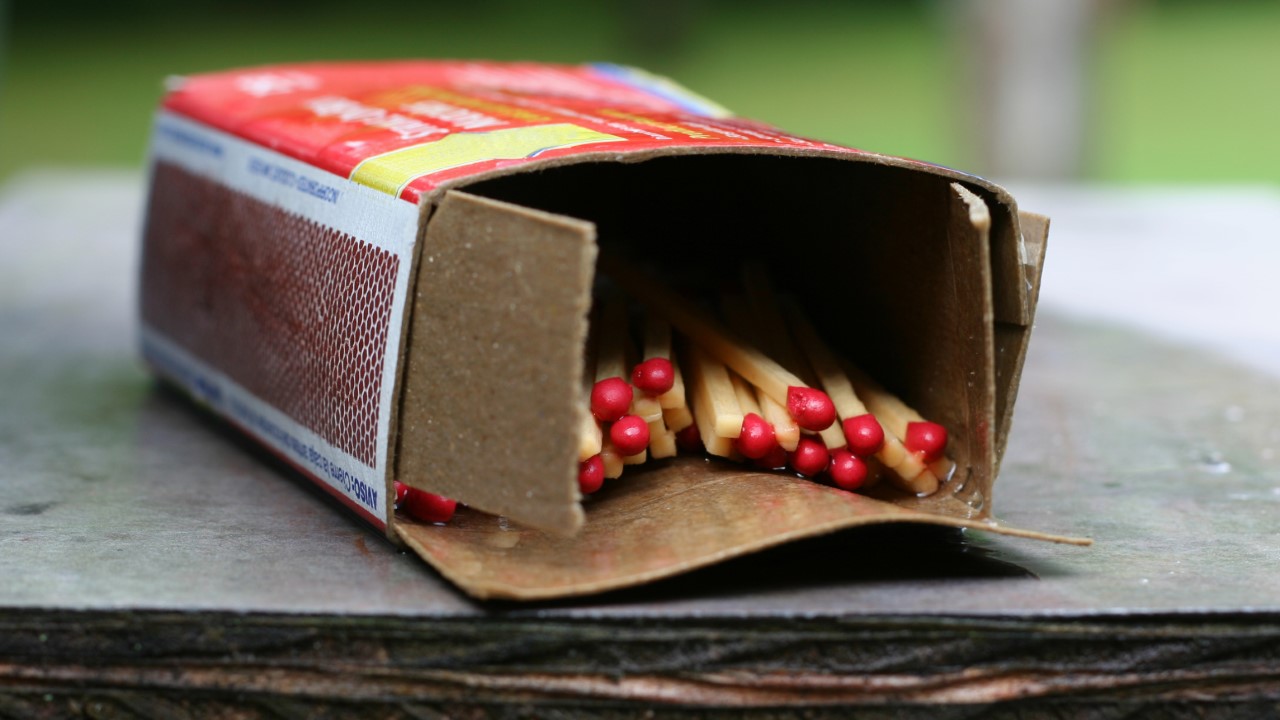
Unless you have waterproof matches, a wet match has no hope of working due to physical change from water being added. As USDA highlights, the last thing you want to bring on your trip is “strike-on-box” matches.
21. Cut and Suck Snakebites
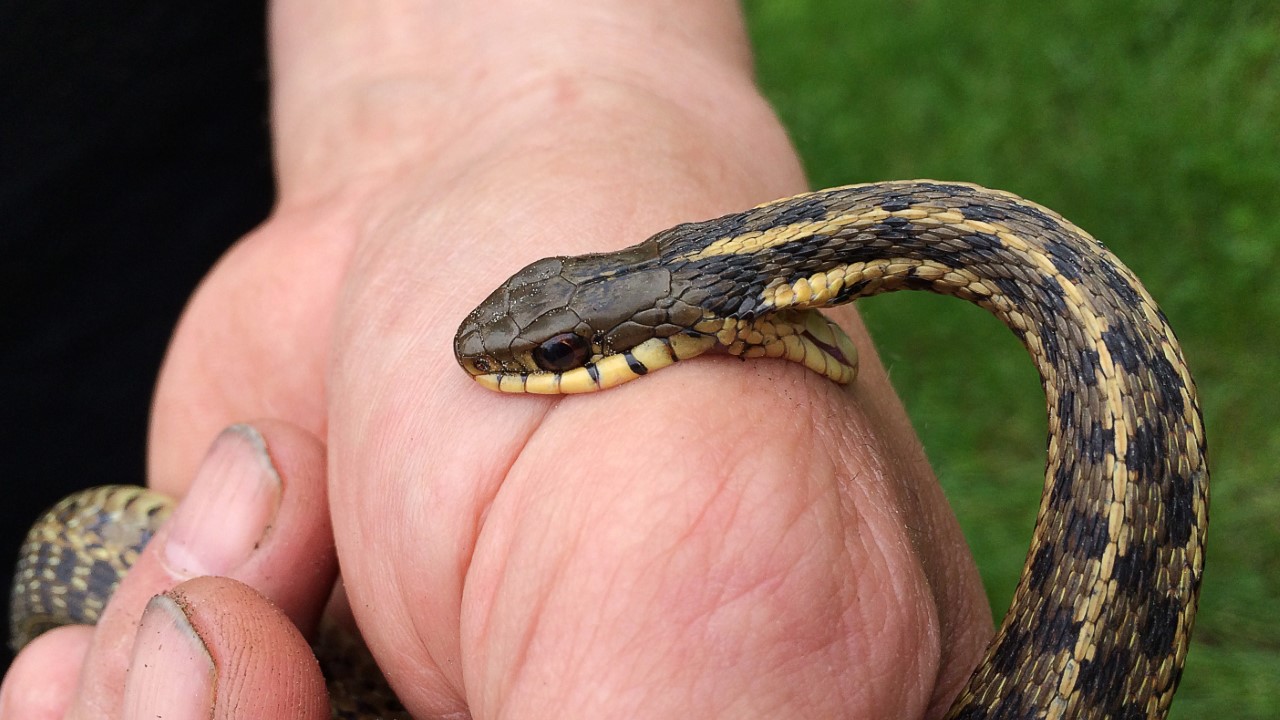
This dangerous myth has been perpetuated by survival shows but it can make matters much worse. This technique can cause venom and infection to spread and will also damage your tissues. In case of a snake bite, the best course of action is to seek medical assistance immediately.
22. Sucking on a Stone Helps With Dehydration

This survival trick is nothing short of a myth. There’s not much water in the stone to keep you hydrated. The only benefit is that sucking on a stone can stimulate the production of saliva, giving you the illusion of hydration and moisture. You wouldn’t want to accidentally choke on a piece of pebble trying to hydrate yourself.
23. Space Blankets Won’t Keep You Warm
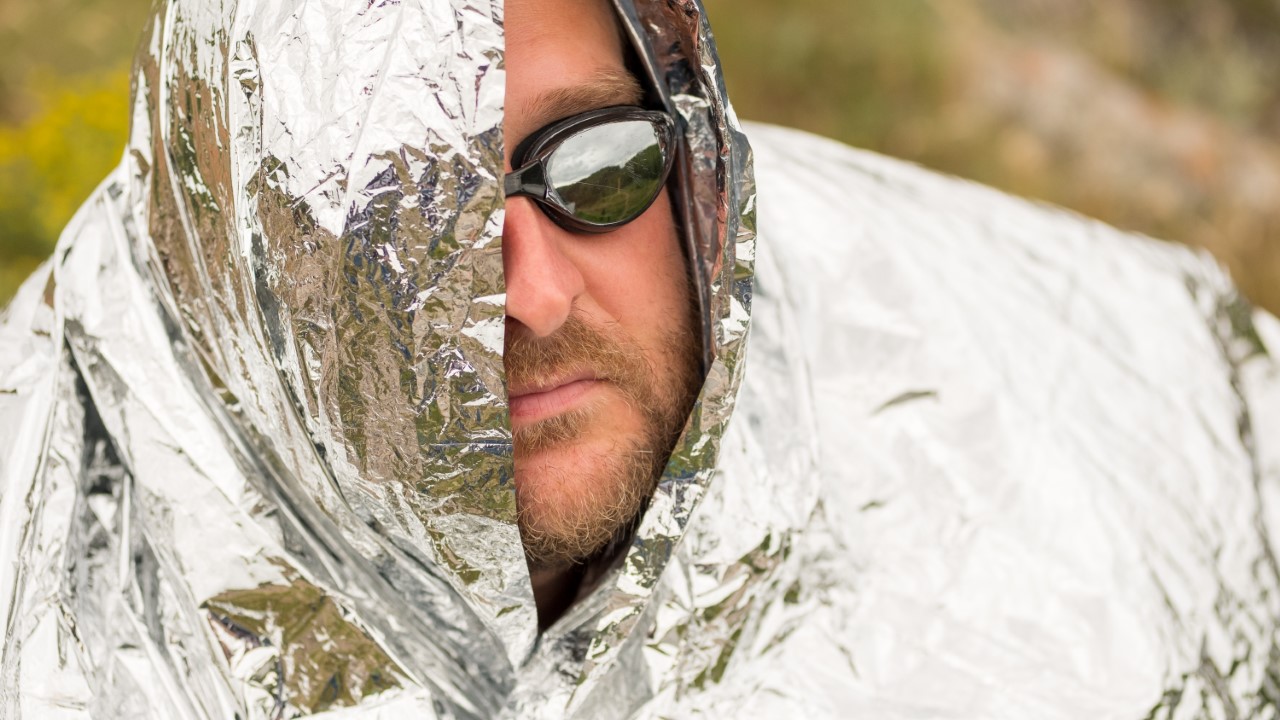
It’s hard to imagine that something as thin as a shopping bag can keep you warm. However, Open Oregon explains the science behind space blankets. They have a thermal conductivity of roughly 5x greater than air and retain your body’s thermal energy for sustained periods.
24. Hot Tubs Cure Hypothermia
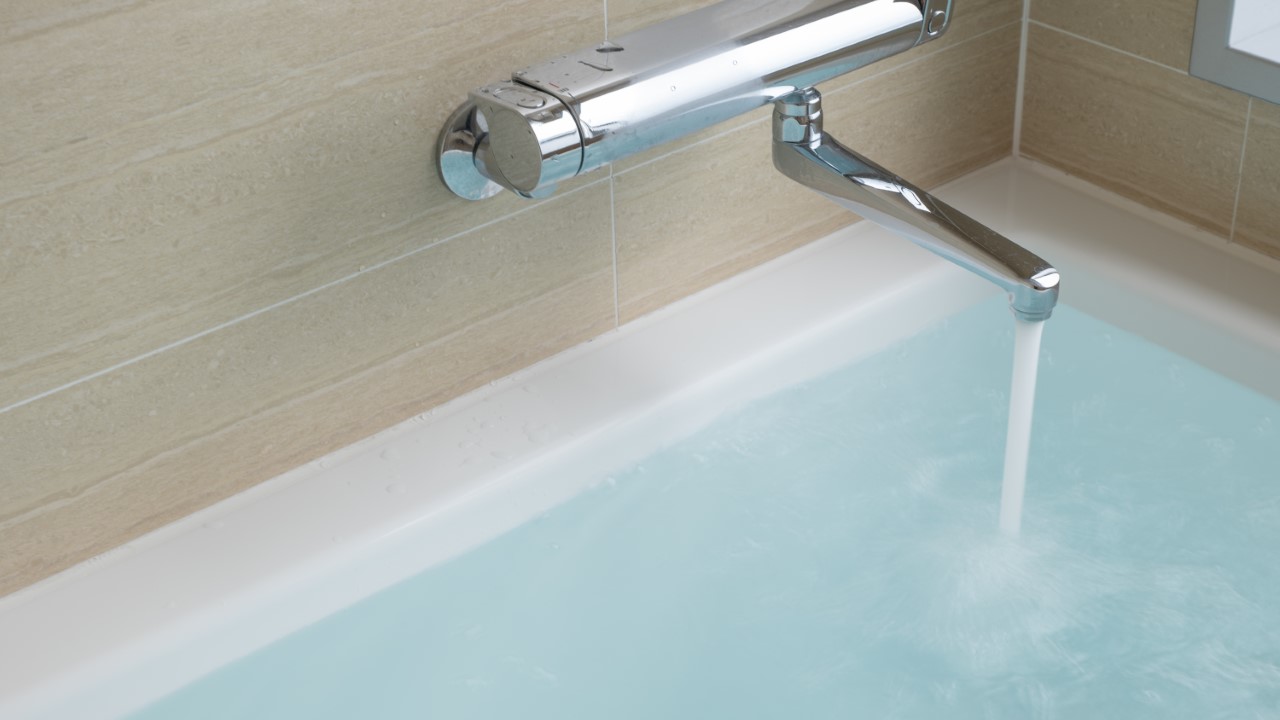
While rewarming a hypothermic victim is essential, the last thing you want to do is dunk them in water. As USDA underscores, a victim of hypothermia should be kept dry. Some dry methods of reheating can include placing hot-water bottles in armpits or trying skin-to-skin rewarming.
20 Crucial Supplies for Surviving a Societal Collapse
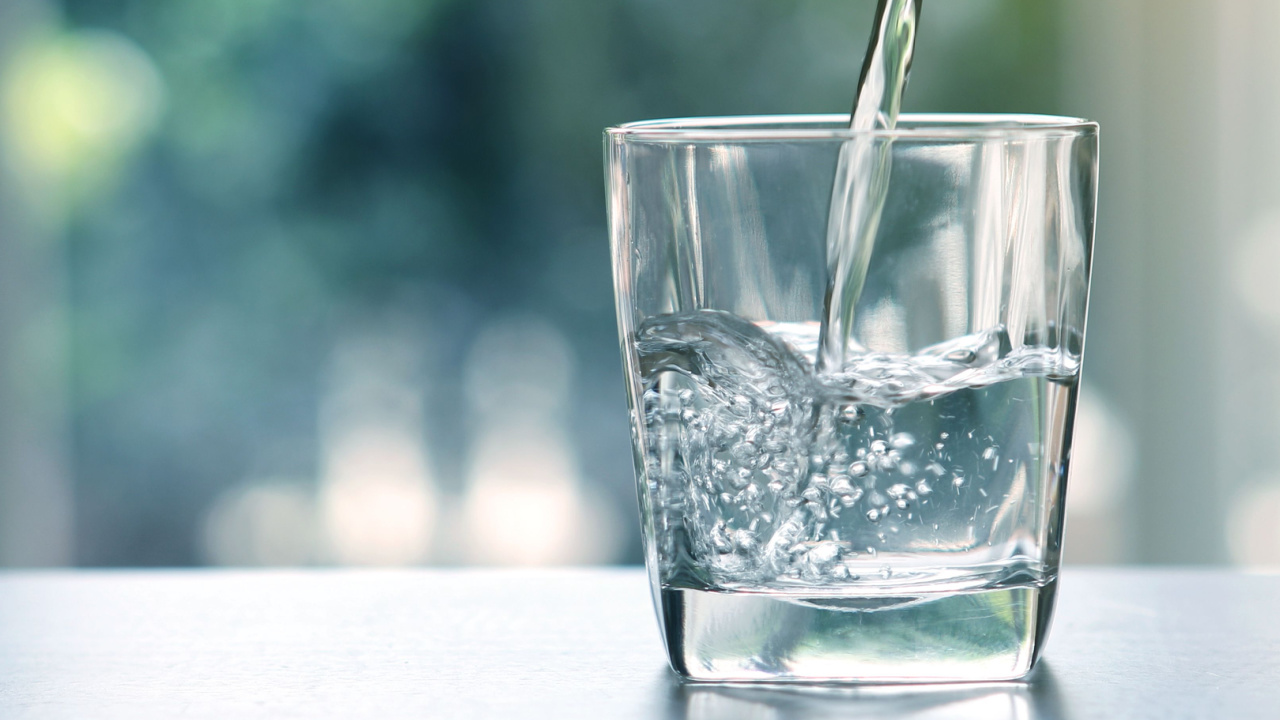
In the face of uncertainty, being well-prepared gives you at least some degree of control and security. The thought of a societal collapse, while extreme, prompts us to consider how we might endure without the conveniences of our current lifestyle. Here’s a list of 20 essential items that could prove indispensable in such a scenario. This guide isn’t about succumbing to fear but embracing preparedness and resilience.
14 Essential Canned Goods for Your Emergency Pantry
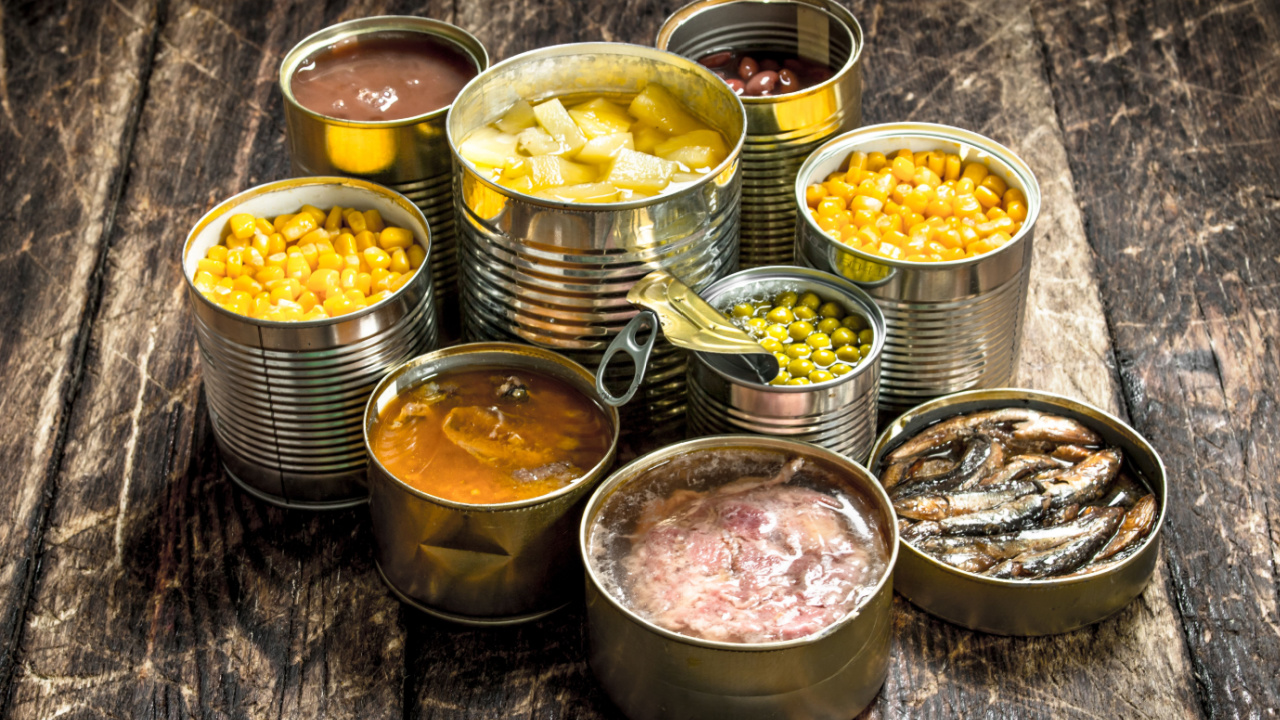
I firmly believe in keeping a well-stocked emergency pantry. While fresh food is ideal, in a survival situation, we may not be that lucky. So, for my family, even though we grow a lot of our own food, canned goods play a crucial role in emergency preparedness. They offer a reliable source of nutrition when access to fresh produce may be limited. The goods you stockpile should be affordable, easy to store, and full of nutrition.
Best Regions in the U.S. to Escape to When Society Collapses
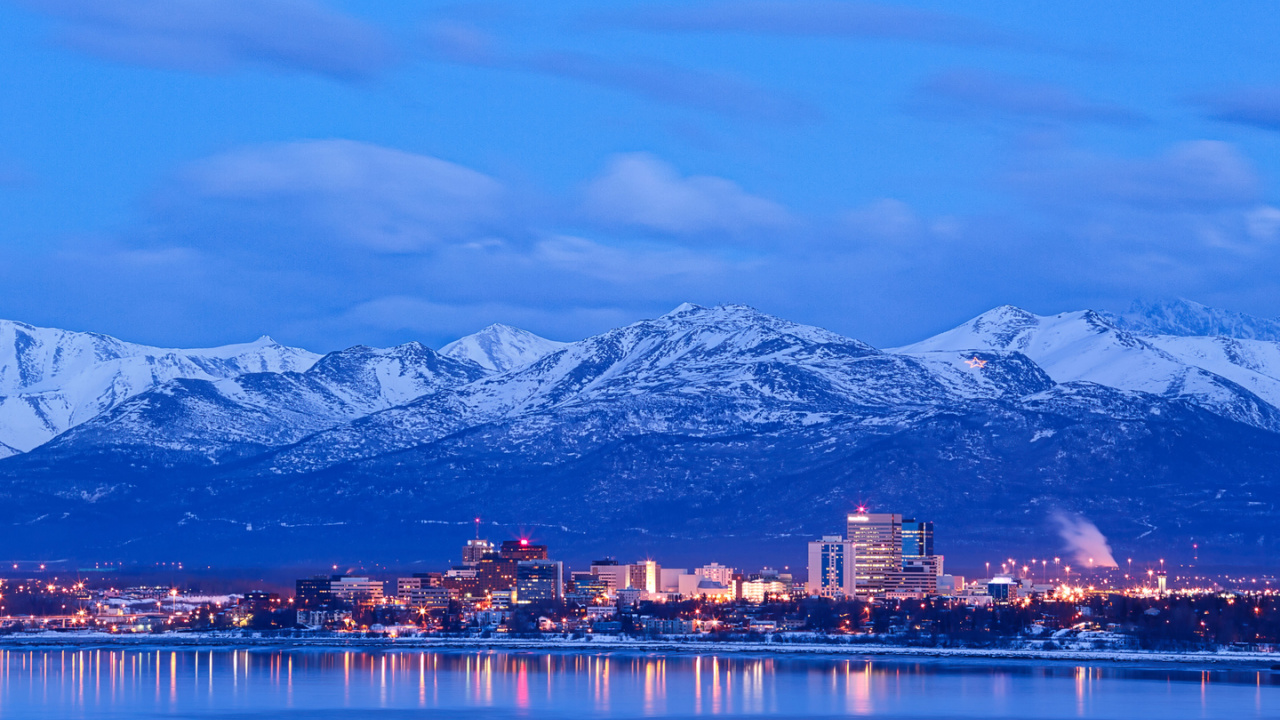
Choosing a refuge in the event of societal collapse involves weighing the pros and cons of each location against your personal preparedness goals and abilities. Whether you’re drawn to the solitude of the desert or the protective heights of the mountains, the key is finding a place that offers safety and the opportunity for growth and renewal.

